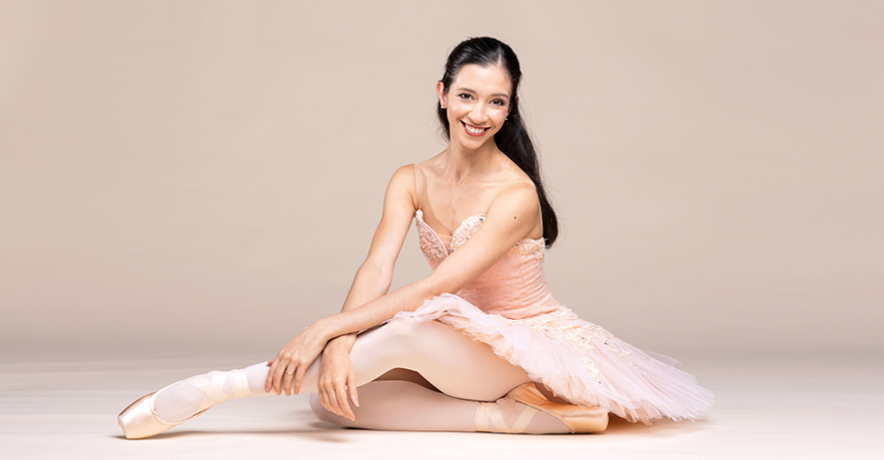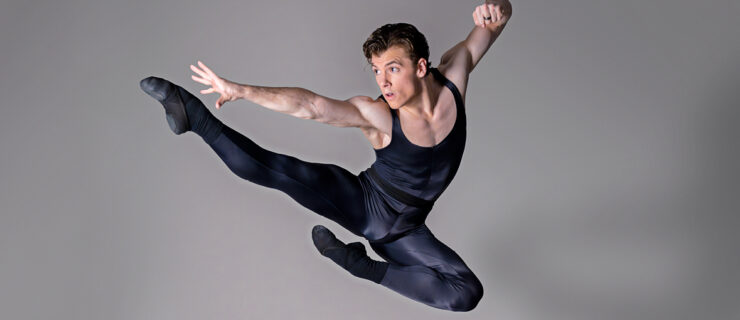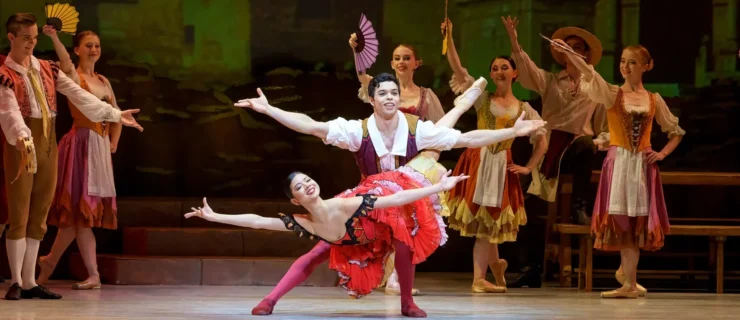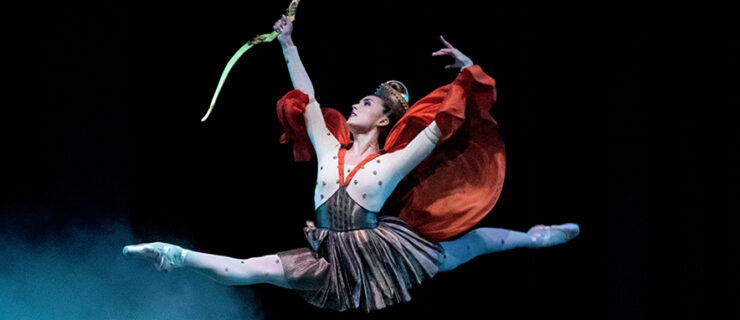The Delicate Power of Sarasota Ballet’s Macarena Giménez
Several years ago, when I was on a reporting trip to Argentina, a young dancer rehearsing at the Ballet Estable del Teatro Colón caught my eye: Macarena Giménez. The rehearsal was for Frederick Ashton’s Sylvia. The young ballerina, one of four learning the title role, moved with an easy grace, radiating charm and a kind of preternatural glow. She looked completely at home in Ashton’s tricky combinations of steps and supple choreography for the upper body.
My impression was hardly unique. “When I first saw Maca, I felt I had discovered a treasure,” remembers Susan Jones, the répétiteur who set Sylvia on the Colón dancers and a régisseur at American Ballet Theatre. At the time, Giménez was still in the corps, though she would be promoted to soloist two years later (and to principal in 2017). Ever since working with her, Jones says, she hoped Giménez might one day have the chance to be seen beyond Argentina’s borders.
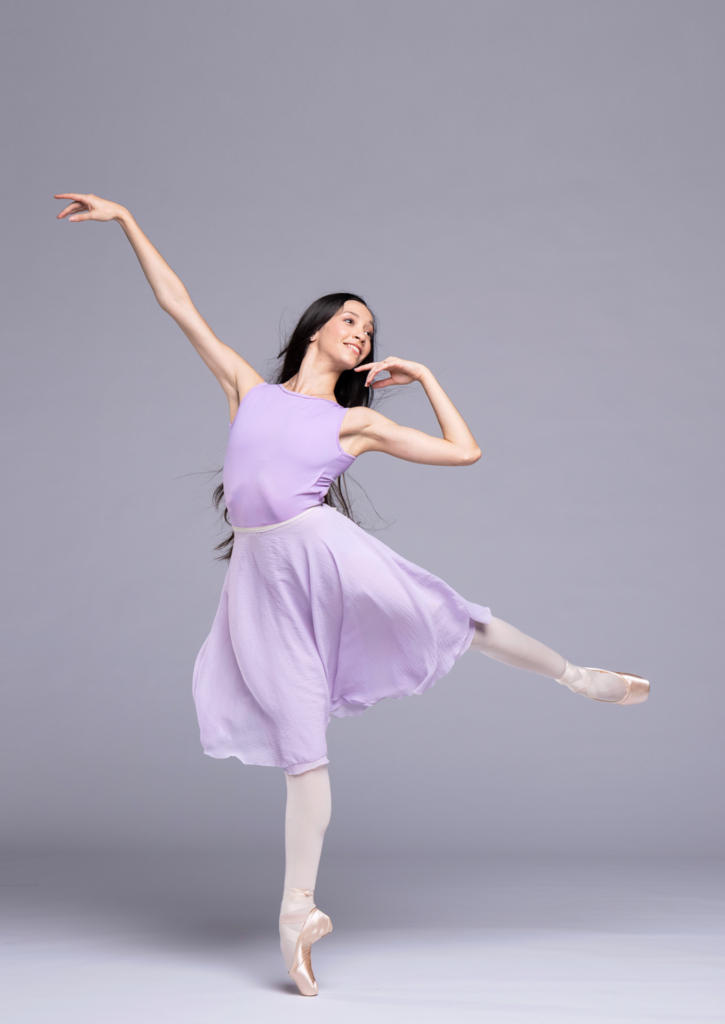
Today, Giménez and her husband, Maximiliano Iglesias, also a principal at the Teatro Colón, are newly named principal dancers at Sarasota Ballet. They arrived this summer. With them is their daughter, Emma, just 5 years old. (And hopefully, soon, Emma’s two grandmothers.) Attracting two dancers with established careers at a big house like the Colón is quite a coup for the Sarasota, Florida company, known for its strong base in the works of Frederick Ashton and, more largely, the British repertoire.
“When we saw her, I said ‘We’ve got to have her!” says Margaret Barbieri, the company’s assistant director and wife of artistic director Iain Webb. Barbieri and Webb, who both danced with Sadler’s Wells Royal Ballet (now Birmingham Royal Ballet), sensed that Giménez, 29, would shine in the company’s repertoire and bring luster to its roster. “I can see her dancing in everything we do,” says Barbieri. The upcoming season includes Ashton’s Rhapsody, Jerome Robbins’ In the Night, Balanchine’s Divertimento No. 15 and the 19-century Romantic ballet La Sylphide.
At a recent rehearsal of Ashton’s Varii Capricci in the company’s Sarasota headquarters, it was clear why Barbieri and Webb had been so eager to bring her on. Giménez exhibited the same qualities she had back in 2015, only magnified: the beautiful, soft port de bras, the easy charm, the ability to allow the movement to flow through her continuously and expansively. All this, undergirded by a technique that was clean and strong, with effortless turns and light jumps. Or, as Barbieri put it, “the glorious attention to detail in the footwork, combined with the ability to let the body envelop the choreography.”
These qualities, partly innate, were honed through a combination of determination and the training Giménez received growing up in Argentina. Like practically all of the Teatro Colón’s dancers, she is a graduate of the company’s associated ballet school, the Instituto Superior de Arte, which has a strong base in the Vaganova method. (Giménez entered the Instituto at the age of 11 after studying at a neighborhood school in Longchamps, a small city about an hour from Buenos Aires where she grew up.) But, also like the majority of top-level Argentine dancers, in the afternoons she studied with a private teacher, in her case the late Olga Ferri.
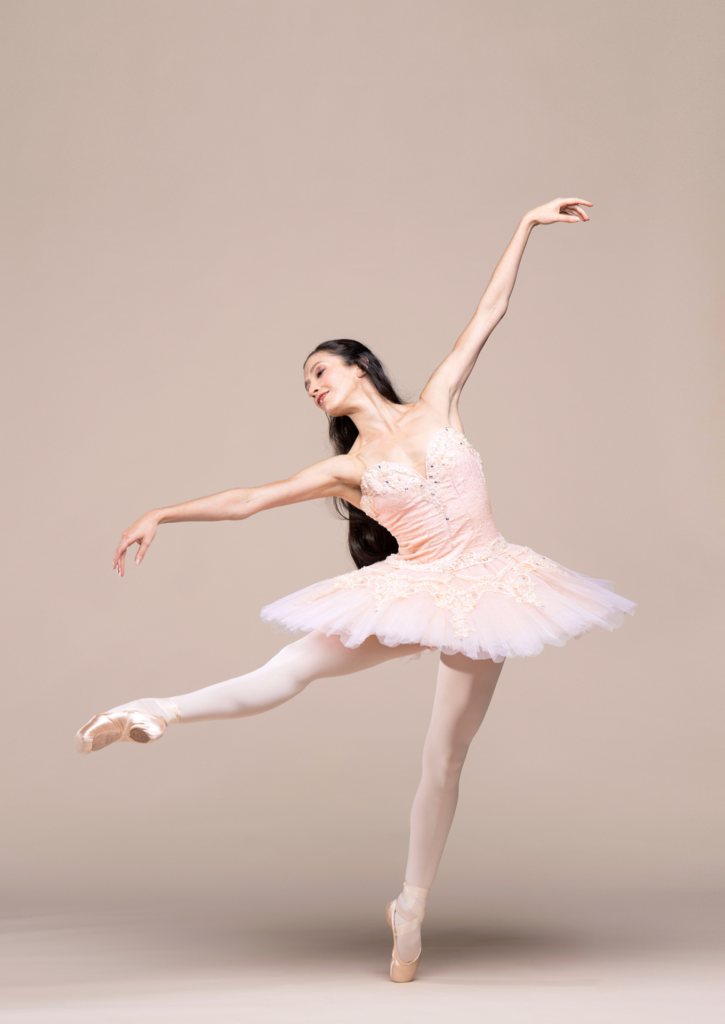
Ferri, who had an illustrious career at the Colón and abroad before opening her own school, was known for her rigorous classes, and for the intensity with which she mentored her best students. She was the product of a combination of the Russian, Cecchetti and French schools, and she imparted this mixed heritage to her students, producing well-rounded dancers like Paloma Herrera, Ludmila Pagliero and Marianela Nuñez.
“Her classes were so incredibly well-structured,” says Giménez. “She would show us the arms, and the coordination of the arms and the legs—it was amazing.” Giménez ascribes her graceful port de bras to Ferri’s teaching, but also her tenacity and the seriousness with which she approaches her work. “She taught me to see my career as a way of living.”
At 13, Giménez was offered a place at Germany’s Ballet School in Hamburg. While many Argentine dancers have sought opportunities abroad, including Herrera, Nuñez and Herman Cornejo, Giménez instead decided to stay. “I wanted to dance at the Colón,” she says. And, after dancing with a small ballet company founded by another Argentinian dancer, Iñaki Urlezaga, she joined the Colón’s corps de ballet in 2012, at age 18. Giménez stayed for 11 years, under three directors: Lidia Segni, Maximiliano Guerra and Paloma Herrera. Herrera promoted her to principal in 2017 after casting her in Rudolf Nureyev’s Nutcracker, just three months after Giménez had given birth to Emma. Herrera also promoted her husband, Iglesias, whom Giménez had begun dating shortly after joining the company.
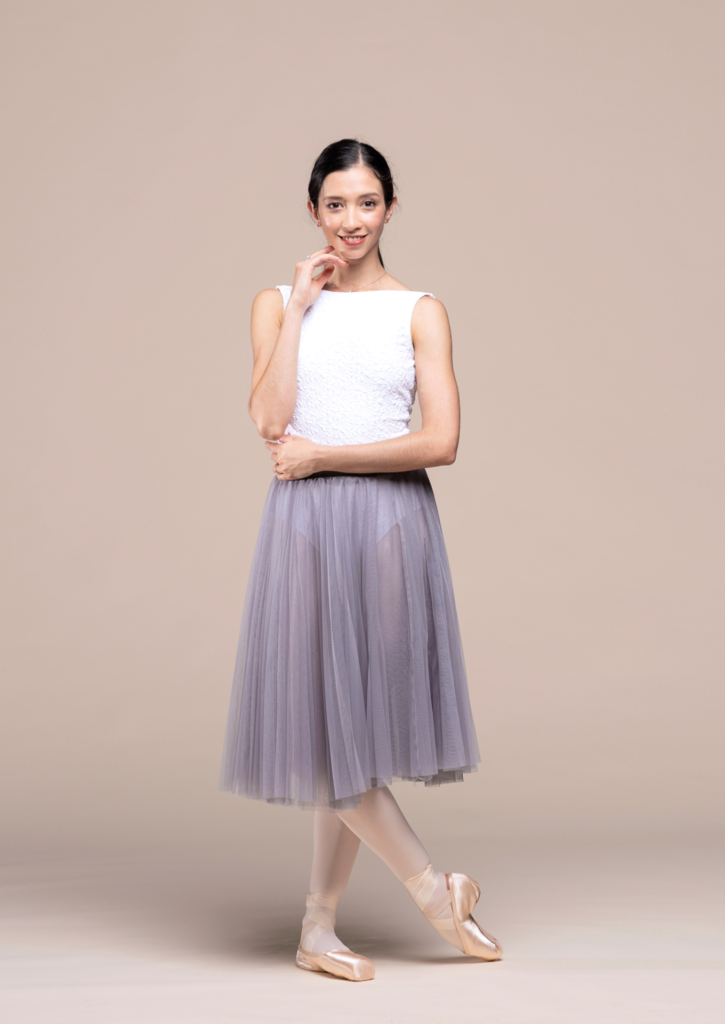
“I always felt totally confident and at ease when they were onstage,” says Herrera, who went on to give them leading roles in Romeo and Juliet, Coppélia, The Merry Widow, Swan Lake and Paquita, among other titles.
But life at the company wasn’t easy, as Herrera’s acrimonious departure in early 2022 made clear. The ballet, which shares the theater with the opera, symphony and visiting ensembles, had to fight for performance dates. And there is perennial strife behind the scenes, much of it caused by strained relations between the administration and the various unions that serve its constituents. There are frequent work stoppages. And there is an expectation that leading roles will be assigned by seniority, rather than by whom the artistic director considers to be the most suited to a role.
“I was very idealistic, perhaps too idealistic, when I joined,” says Giménez. “I have this double feeling for the Colón. On the one hand I love it unconditionally, and believe there is no greater theater in the world. But it’s hard to work there. I agree with what the unions are asking for, but having to constantly discuss these things adds hours to the workday, and when you have to prepare to dance Swan Lake, and you have a small child, it’s almost impossible to find a balance.”
Giménez remembers a work stoppage that took place during the dress rehearsal for her debut as Odette in Swan Lake in 2019. The dancers stopped the rehearsal and held up signs asking for better working conditions. “But when the curtain opens, I’m the one who has to do the 32 fouetté turns,” says Giménez. All this worsened her stress.
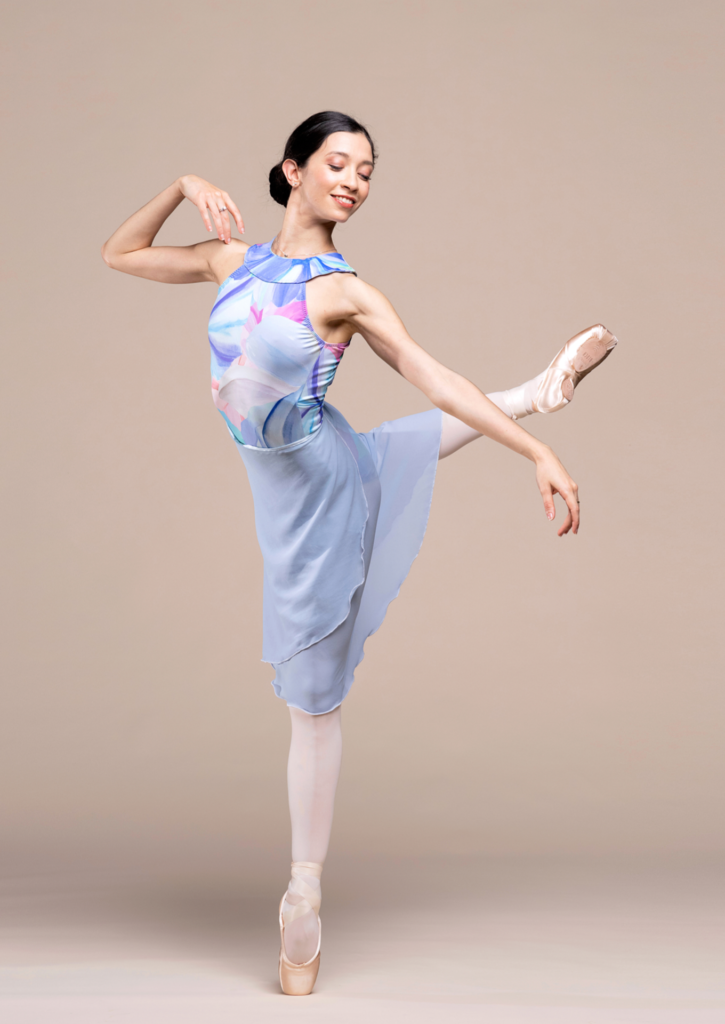
She began to have panic attacks and started therapy. “It was a very dark moment,” she says. It was at that point that she and Iglesias started thinking about trying to dance abroad. The urgency was compounded by a long period of idleness during the pandemic.
With help from Marianela Nuñez, a friend to both of them, the couple sent videos to Sarasota Ballet, where they were subsequently interviewed via Zoom. What attracted them to the company, Giménez says, is its repertoire. “I love the English repertory,” she says, “the lines, the figures, the use of the torso. It goes so well with the way I learned to dance from Olga Ferri.”
In addition, she has the chance to work with contemporary ballet choreographers, something she had never done before now. Already this year, she will work with both Jessica Lang and Gemma Bond, as well as with three in-house choreographers: Ricardo Graziano, Arcadian Broad and Richard House.
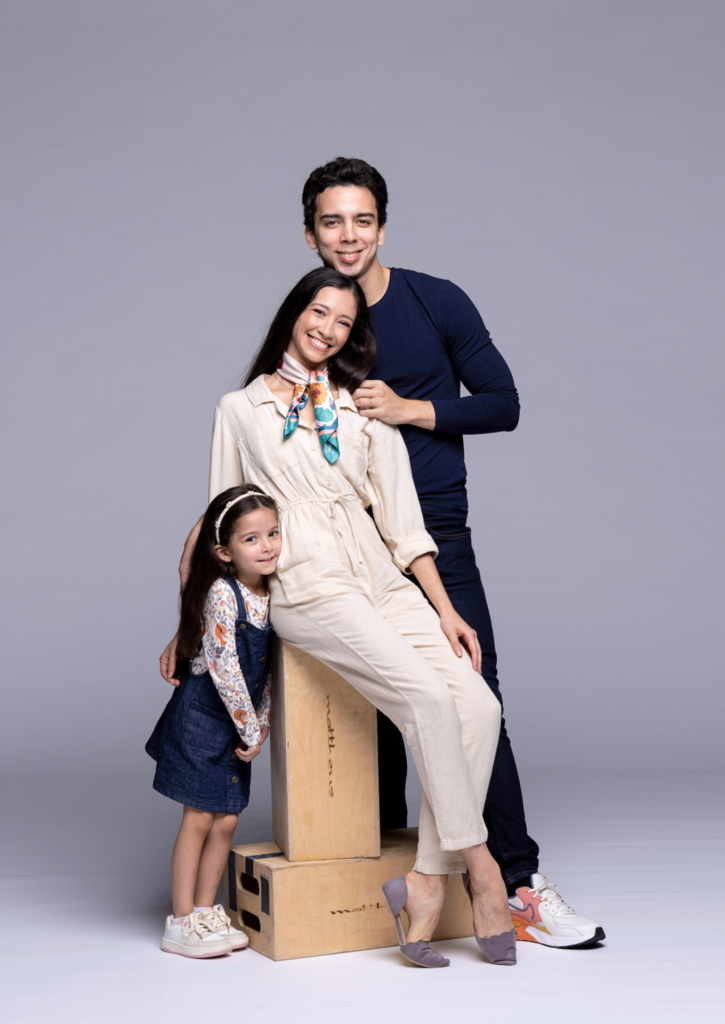
“It’s the first time I’ve been able to see a choreographer at work” Giménez says about rehearsals for Lang’s new Shades of Spring. “I’ve never been in a new creation.”
The family is settling in. In late August, Giménez and Iglesias joined the company’s run at the Joyce Theater in New York City, where Giménez received her first positive notice in The New York Times. Back in Florida, Emma has just started kindergarten. For the rest of the year, Giménez’s hopes are simple: “I want to dance a lot,” she says, “and for the two of us to be able to enjoy our careers, and to be able to balance our dancing and our family life.”
